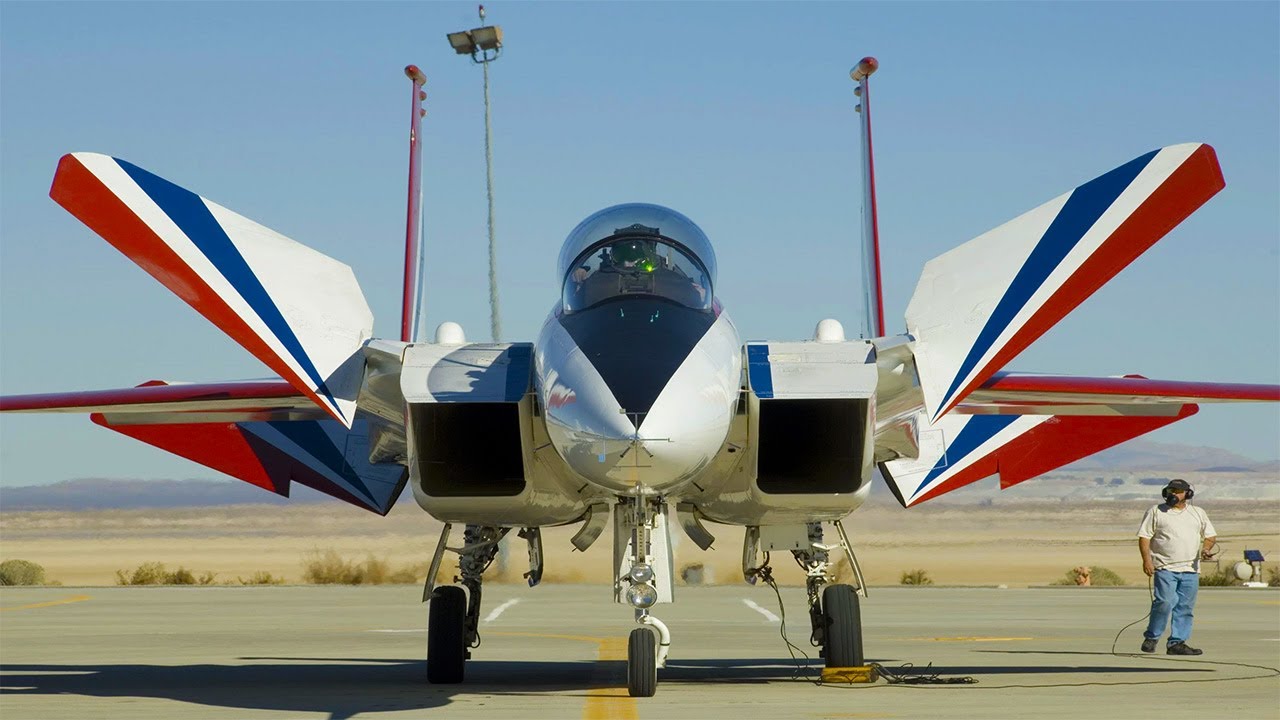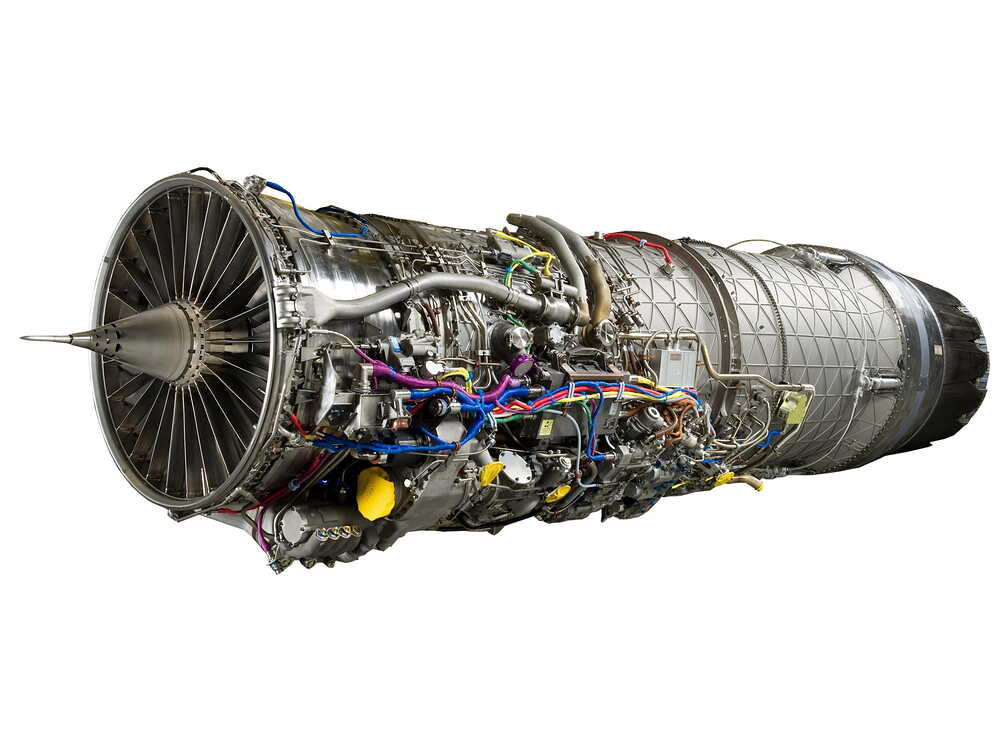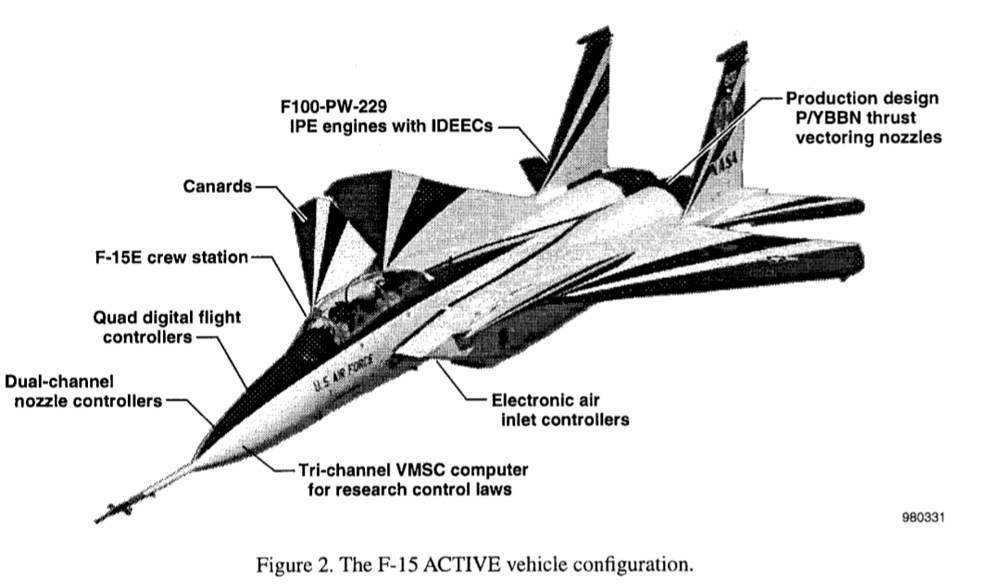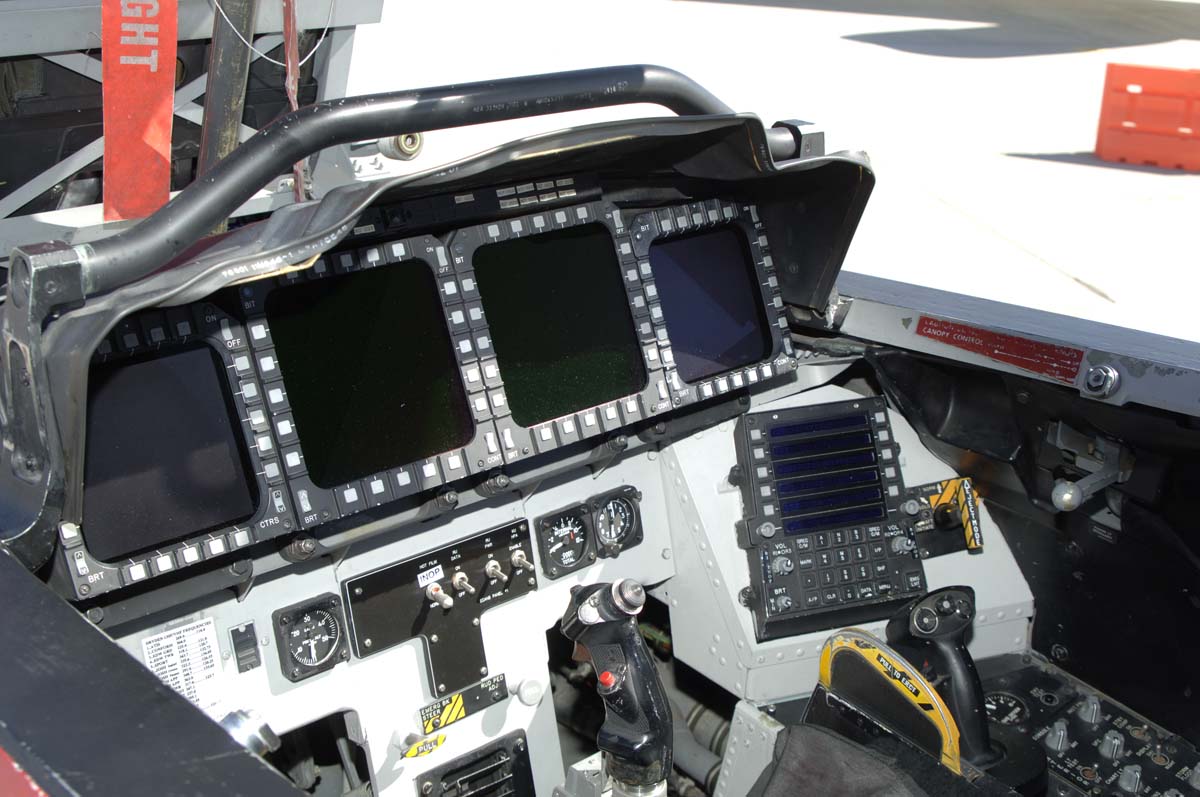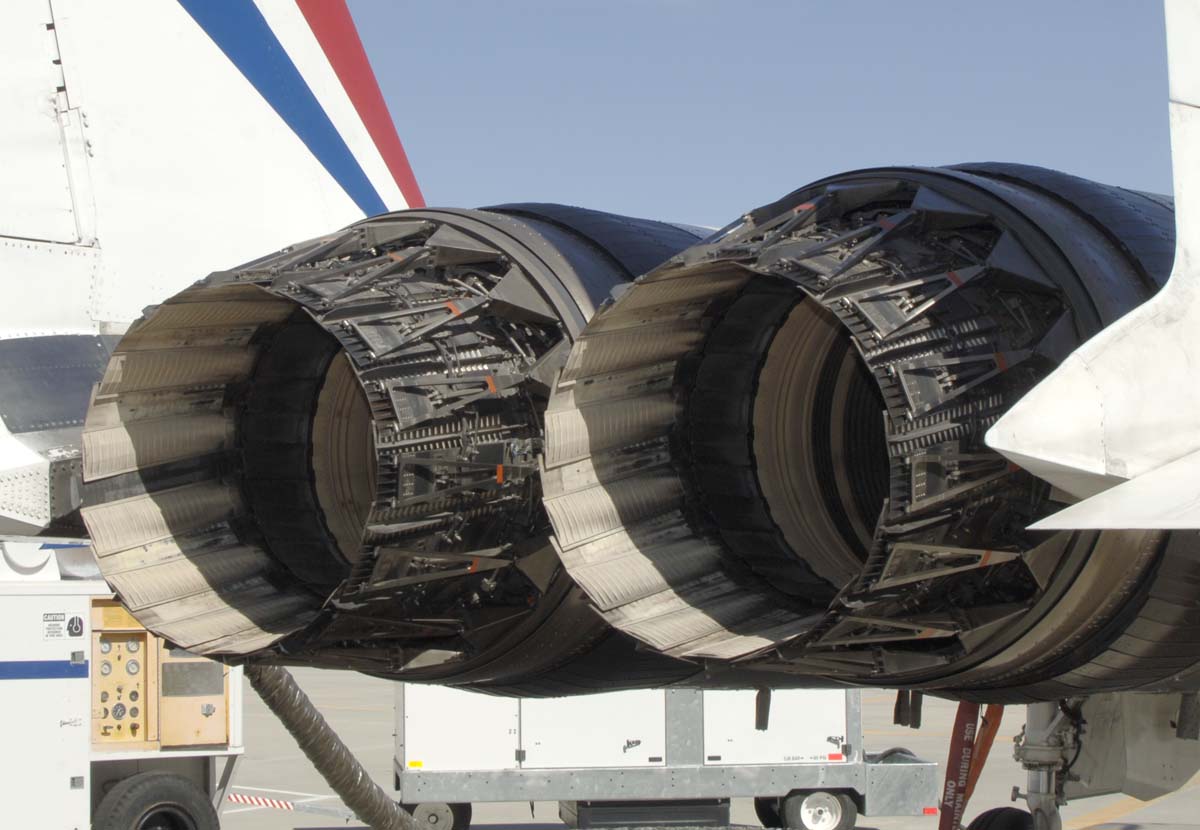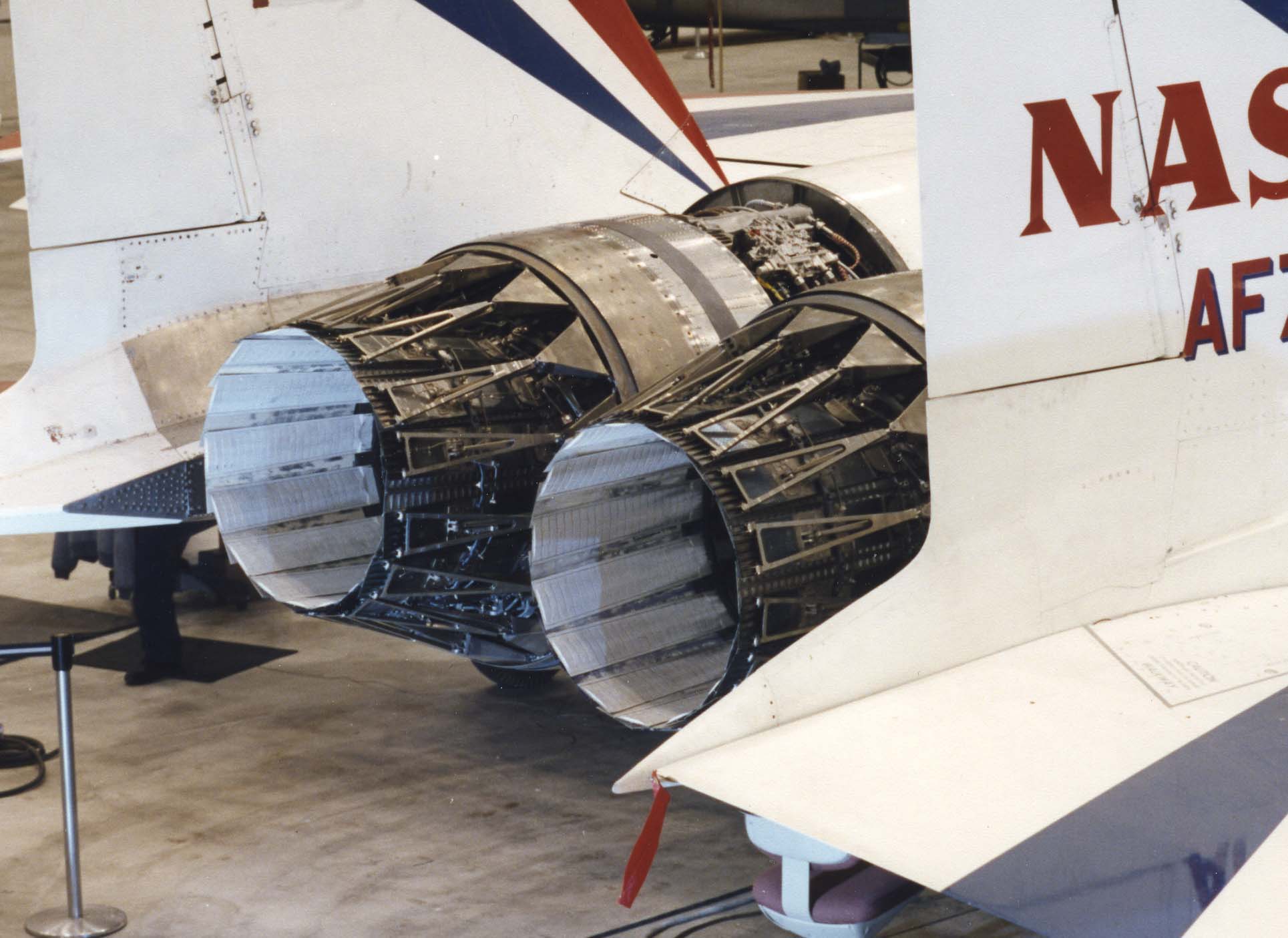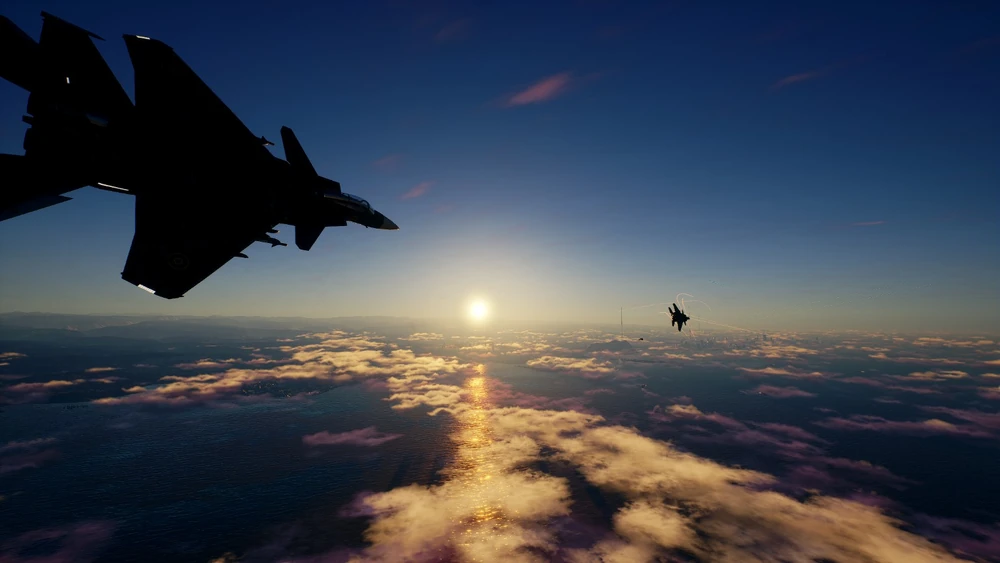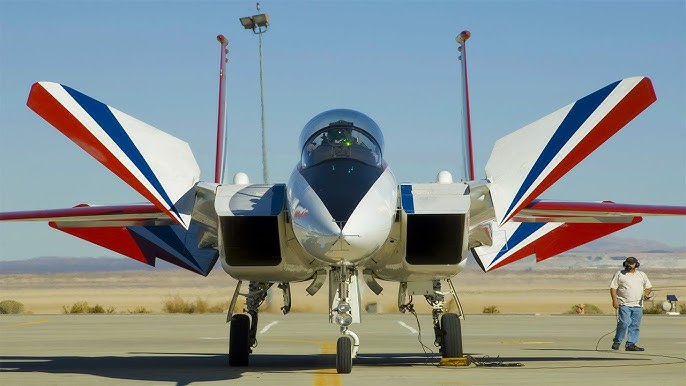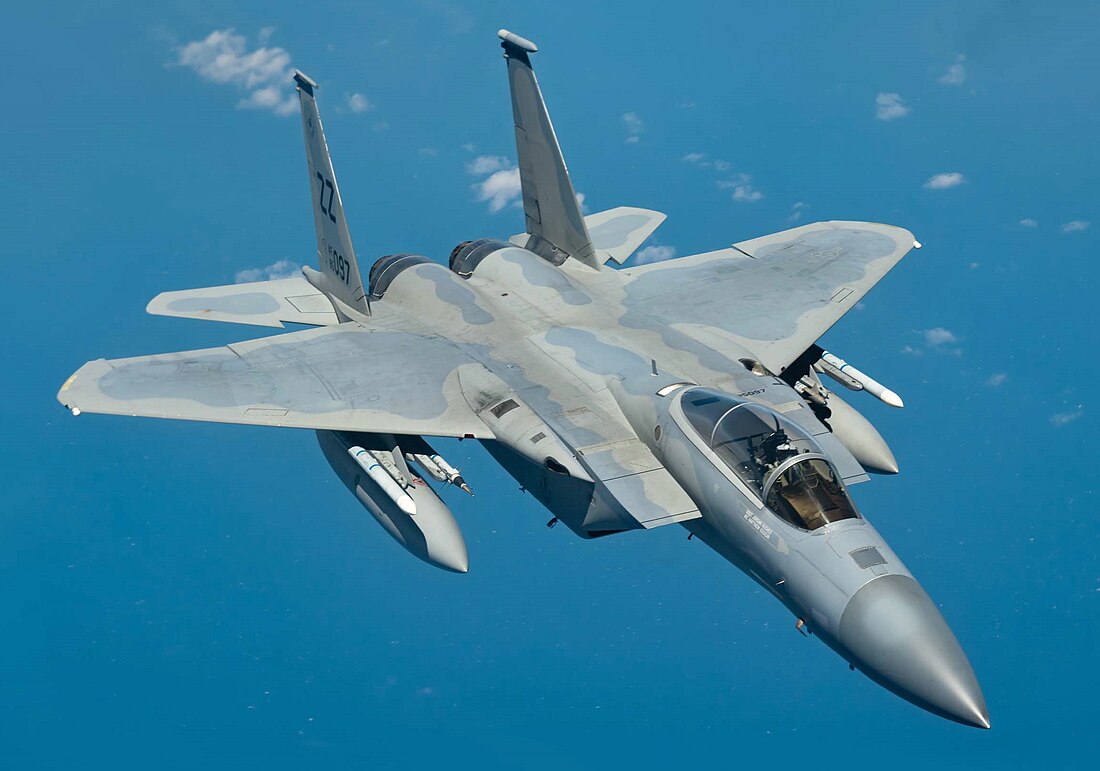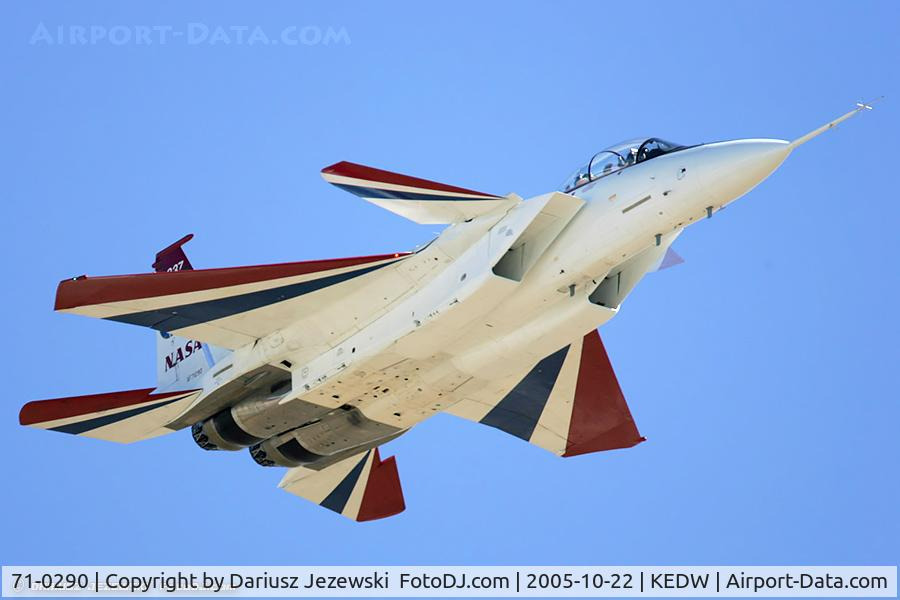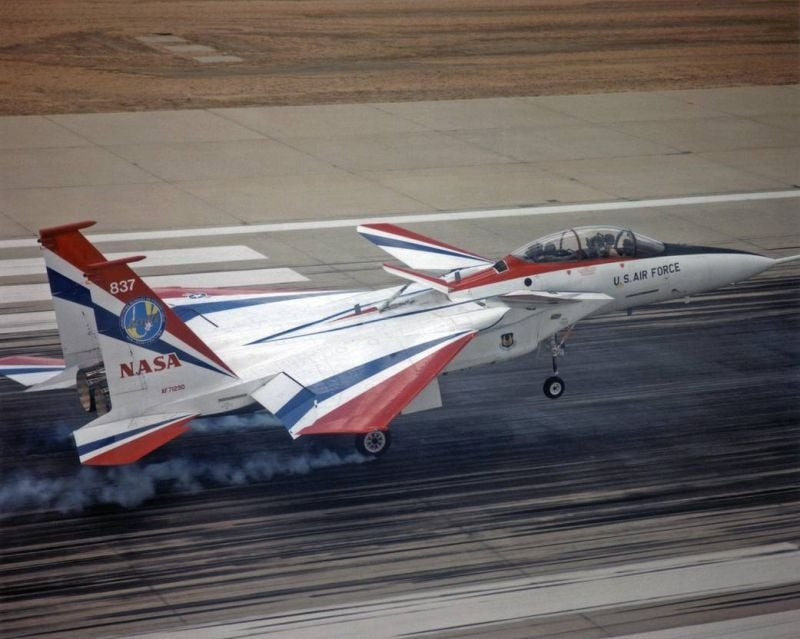Reminder, this is only a draft. I am asking if there is anything I need to add or change in order to submit to suggestions.
Introduction
The F-15 ACTIVE (Advanced Control Technology for Integrated Vehicles) was an experimental variant of the F-15 designed to test advanced flight control technologies, including thrust vectoring and integrated flight and propulsion controls.
History
The F-15 ACTIVE was developed by NASA and the U.S. Air Force as a continuation of the F-15 STOL/MTD program. It featured significant modifications, including:Multi-axis thrust vectoring nozzles for maneuverability, Canards repurposed from an F/A-18 to improve lift and control at high angles of attack, Advanced integrated flight and propulsion control systems to enhance performance.
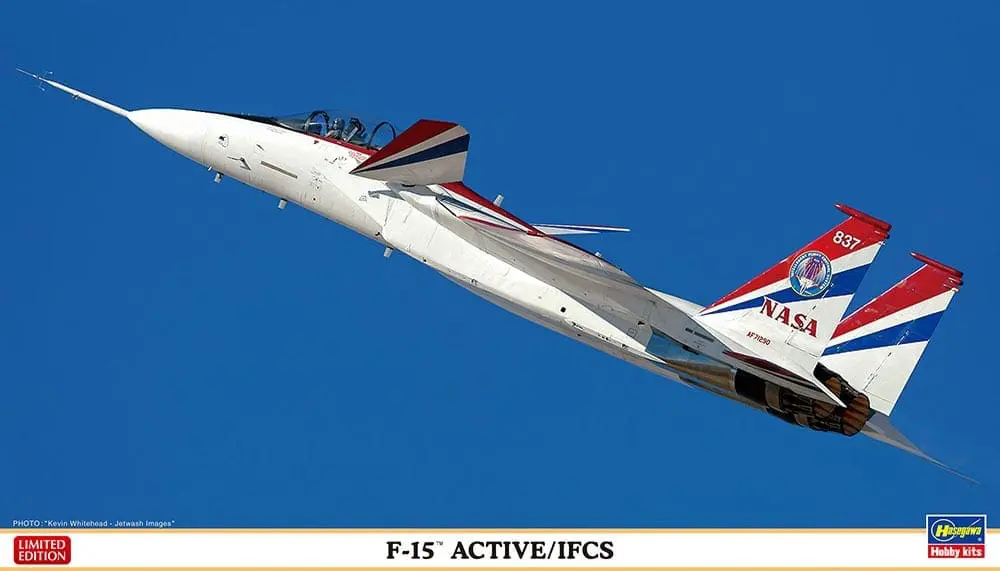
These modifications aimed to explore enhanced agility, supercruise capabilities, and short takeoff and landing (STOL) performance. The aircraft successfully demonstrated superior maneuverability in flight tests and contributed to the development of modern fighter jet technologies like the F15E, F22, and F35. Specifically 2d thrust vectoring nozzles in the f22 and the advanced fly by wire system in both the f22 and f35.
The pre production TF15A was used for the project. The TF-15A (F15B) was the first 2 seat f15 Eagle built by McDonnell Douglas
The F15 Active first took flight on the 7th of September, 1988 as the F15 (STOL/MTD)
Before NASA ended the program for the F15 STOL/MTD, the plane accomplished demonstrating vectored takeoffs with rotation at speeds as low as 42 mph (68 km/h), reduced takeoff roll by 25%, reduced needed runway to land to 1650 ft (500 meters) from the 7,500 ft (2,300 meters) needed for the standard f15, and thrust reversal in flight allowed the plane to decelerate at a rapid rate.
The first flight research operation with the thrust vector nozzles occurred on February 14th, 1996, where the F15 active was able to clear a nozzle operation to 6.5 g, at a speed of mach 2.0 with 1600lb/ft^2 of dynamic pressure and achieved a 30° angle of attack.
Flight performance
Engines: Two Pratt & Whitney F100-PW-229 engines with P/YBBN thrust vectoring nozzles. Both engines producing 29,000 lbf of thrust
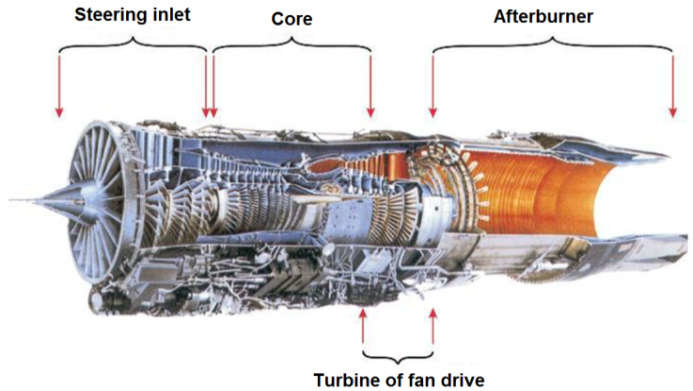
P/YBBN nozzle
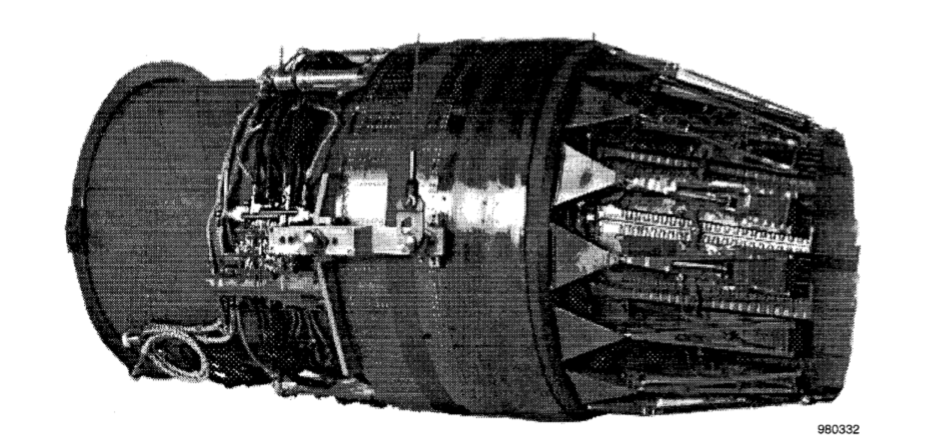
Thrust-to-weight ratio: Empty TW:1.657
Gross weight TW: 1.234
Maximum Speed: 1,320mph (2,120 kmh) Mach 2
Supercruise: Capable
Maneuverability: Enhanced by thrust vectoring, allowing for post-stall maneuvers and extreme control at low speeds. 20° pitch vector angle at an altitude of 30,000 ft (9km). Nozzle provides up to 4,000 lbs of vector force
Takeoff & Landing: Improved STOL capabilities due to canards and thrust vectoring
General characteristics
Crew: 2
Capacity: 17,000 lbs (7,112 kg)
Length: 63 ft 8 in (19.42 m)
Wingspan: 42 ft 10 in (13 m)
Height: 18 ft 6 in (5.64 m)
Wing area: 608 sq ft (56.5 m2)
Empty weight: 35,000 lb (15,876 kg)
Gross weight: 47,000 lb (21,319 kg)
Fuel capacity: 11,520 lb (5,225 kg) (approx. 1,700 gal)
Horizontal tail span: 28.2 ft (8.60 m)
Canard span: 25.6 ft (7.80 m)
Powerplant: 2 × Pratt & Whitney F100-PW-229
turbofan engines, equipped with 20° three-dimensional thrust vectoring P/YBBN, 17,800 lbf (79 kN) thrust each dry, 29,000 lbf (130 kN) with afterburner
Armament
While the F-15 ACTIVE was an experimental aircraft and was not equipped for combat, a speculative implementation could include a loadout similar to the TF-15A/F15B (Credits to Nostalgistic for finding that):
Guns: 1x M61A1 Vulcan 20mm rotary cannon (940 rounds)
Missiles: 4x AIM-9L/M Sidewinders
4x AIM-7 Sparrow
4x AIM-120 AMRAAM
Max total of 8
Ground Attack: Probably would have mainly taken an air superiority role rather than ground attack.
Countermeasures: Advanced RWR, chaff, and flares
Additional details
Cockpit & Avionics: The F-15 ACTIVE featured advanced cockpit displays and experimental flight software. The ACTIVE was controlled by a quad-redundant, digital Fly-by-wire, FCS. All mechanical linkages between the control stick, rudder pedals, and control surfaces were removed from the aircraft. The throttles digitally control the engines through the FCS, 1553 Multiplex (MUX) bus, and improved digital electronic engine controllers (IDEECs). No mechanical linkage exists between the throttles and the engines. The aircraft cockpit closely resembles the F-15E cockpit.
More pictures
Additional walk around pictures
NASA F-15 ACTIVE Question - Jet Modeling - ARC Discussion Forums
Sources
NASA official documentation on the F-15 ACTIVE
New Thrust-Vectoring Concept Flown on F-15B - NASA
Initial Flight Test Evaluation of the F-15 ACTIVE Axisymmetric Vectoring Nozzle Performance - NASA Technical Reports Server (NTRS)
F-15 ACTIVE - NASA

